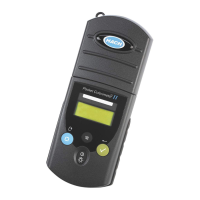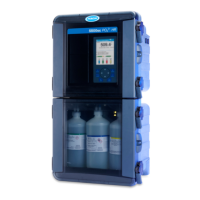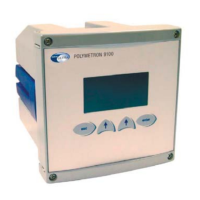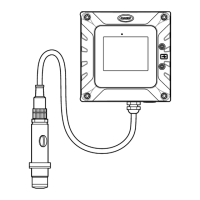1—65
Chlorine Dioxide, continued
Samples containing monochloramine will cause a gradual drift to higher chlorine
dioxide readings. When read within one minute of reagent addition, 3.0 mg/L
monochloramine will cause an increase of less than 0.10 mg/L in the chlorine dioxide
reading.
Bromine, chlorine, iodine, ozone and oxidized forms of manganese and chromium also
interfere and read as chlorine dioxide.
To compensate for the effects of manganese (Mn
4+
) or chromium (Cr
6+
), adjust the pH
to 6–7 as described above. To a 25-mL sample, add 3 drops of 30 g/L Potassium Iodide
Solution, mix, and wait one minute. Add 3 drops of 5 g/L Sodium Arsenite Solution
and mix. Subtract the result of this test from the original analysis to obtain the accurate
chlorine dioxide concentration.
DPD Free Chlorine Reagent Powder Pillows and AccuVac Ampuls contain a buffer
formulation that withstands high levels (at least 1000 mg/L) of hardness without
interference.
Organic chloramines and peroxides may interfere. Various metals may interfere by
combining with the Glycine Reagent needed to remove the chlorine interference.
Metal interference is limited except when chlorine is present. In the presence of 0.60
mg/L Cl
2
, both copper (> 10 mg/L) and nickel (> 50 mg/L) interfere. Other metals may

